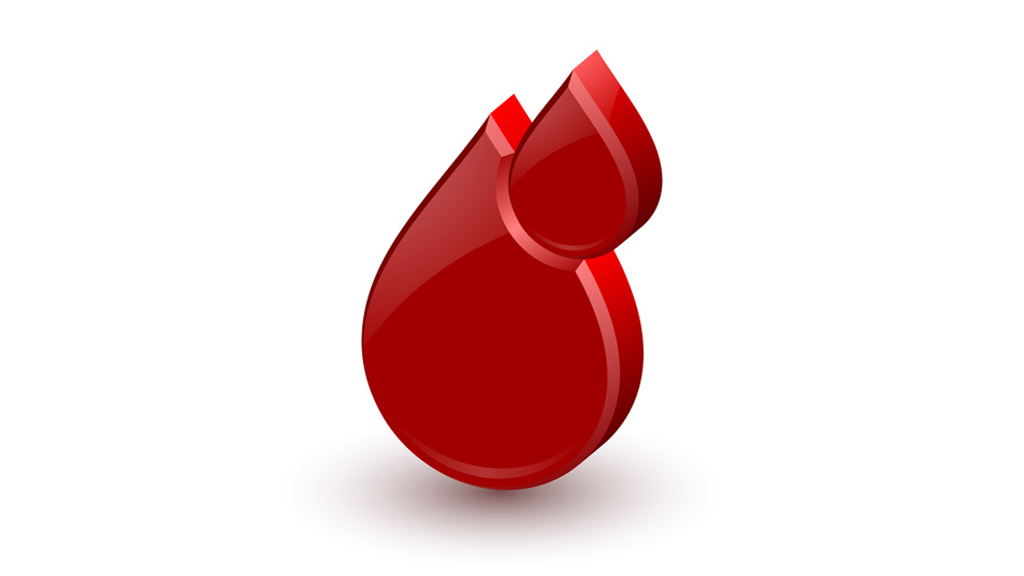Abstract
This case study was developed to teach the topic of human ABO blood type and genetic inheritance in biology courses at the lower undergraduate level or upper high school level. It is suitable for entry level biology, genetics, and physiology courses. The case narrative tells the story of Kevin, a teenager who is puzzled by the fact that neither of his parents can donate blood to him. He and his best friend ask their biology teacher for help, and she explains human ABO blood types at the molecular and genetic level to solve the mystery. The case consists of three sections, which can be used sequentially or separately. After completing the case study, students will understand the molecular basis of ABO blood types and how genes control the phenotype and genotype of an individual. They will also have a better understanding of how human ABO blood type is inherited from generation to generation.



